Whenever I tell fellow photographers that I like shooting with high ISO on a regular basis, they all react the same way: really?! And you don’t get grain?! Or even: that goes against everything I’ve ever read/learned in school!
The truth is, I’m completely self-taught when it comes to photography and I’ve never been one to follow the “rules” of photography 100% – especially if they don’t yield the kind of results I want. So yes, I shoot with a super high ISO pretty much all of the time and it totally works for me! I’ve always subscribed to the theory that I’d rather have images that are light-filled and in focus versus a photo with no grain. Grain doesn’t bother me and honestly, I don’t ever really notice it. So when it comes to the exposure triangle, my aperture + shutter speed are way more important to me than my ISO. I’ll bump my ISO high so that I can maintain an appropriate aperture and shutter speed, because I don’t want soft images shot wide open and I don’t want motion blur due to a slow shutter speed.
So how can it be that I shoot with high ISO and still produce crisp, light-filled images that aren’t overly grainy?
I think it all comes down to the way I shoot. Getting things right in-camera is super important! I always over-expose my images at least 1 stop, if not more, in-camera. So when I’m shooting, my light meter reading is +1 or more to the right of center (below).
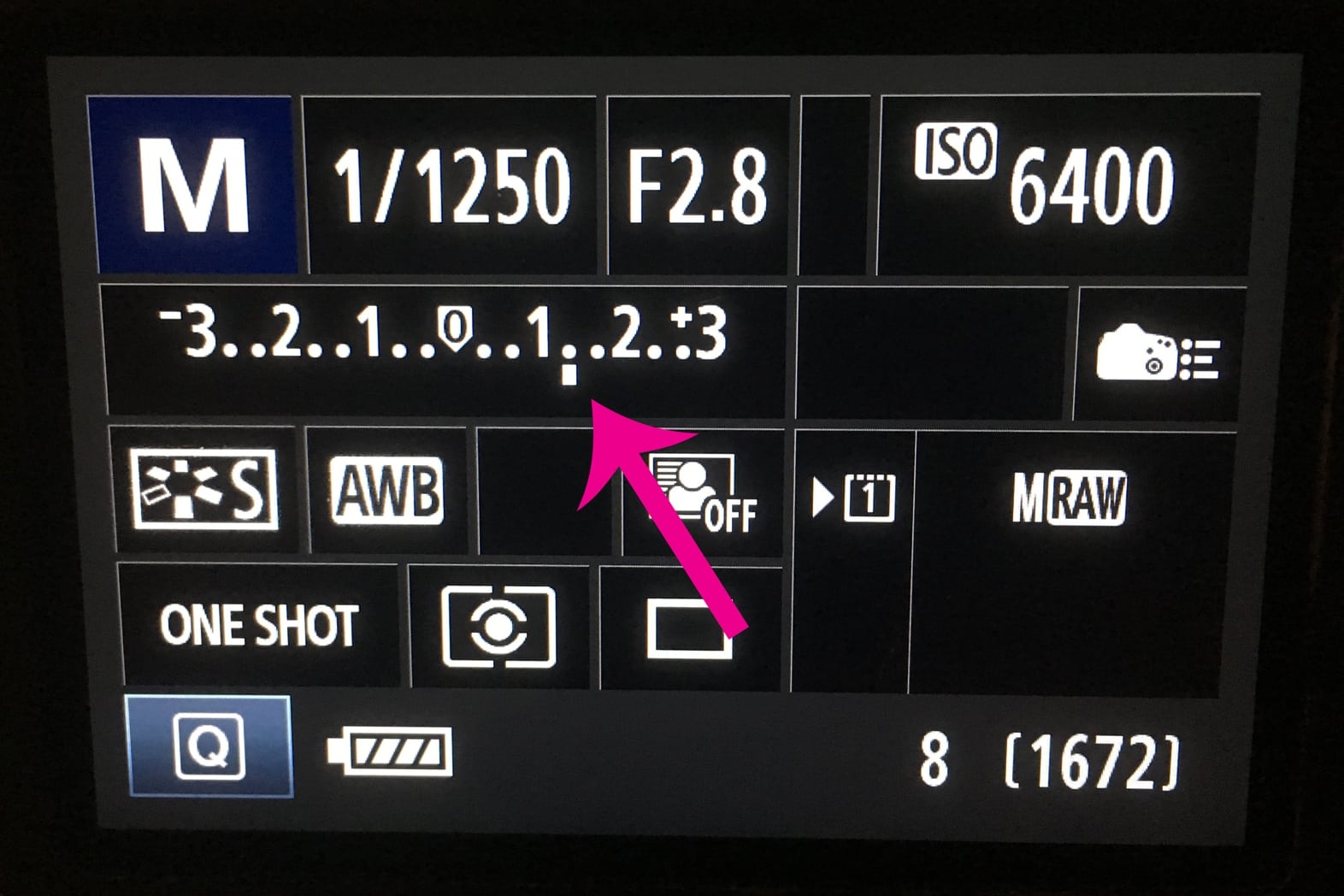
By over-exposing my images when I am shooting, I am able to minimize the amount of grain because I won’t have to boost exposure as much in post-production. This also gives me the light and airy images I love. And realistically, if there is any noticeable grain in my images once I am done editing them, I will use the Lightroom Noise Reduction module to correct it. It works like a charm!
For me, high ISO is “normal”. It’s just something I’ve always done and it gives me the results I like. Honestly, the lowest ISO I probably ever use is ISO 400 and that’s VERY RARE… usually only when I’m shooting in direct mid-day sun. I know, I know… it goes against everything you’ve ever heard or read. But it works for me and I love the results.
I shoot with a Canon R5 and the ISO capabilities are amazing. In my opinion: why not utilize it?! Below are a few photos in various lighting scenarios with the settings listed so you can see what I’m talking about. If you’re consistently frustrated with your own images and are looking to create more light-filled images, try boosting your ISO and see how it works for you. You just may be amazed!
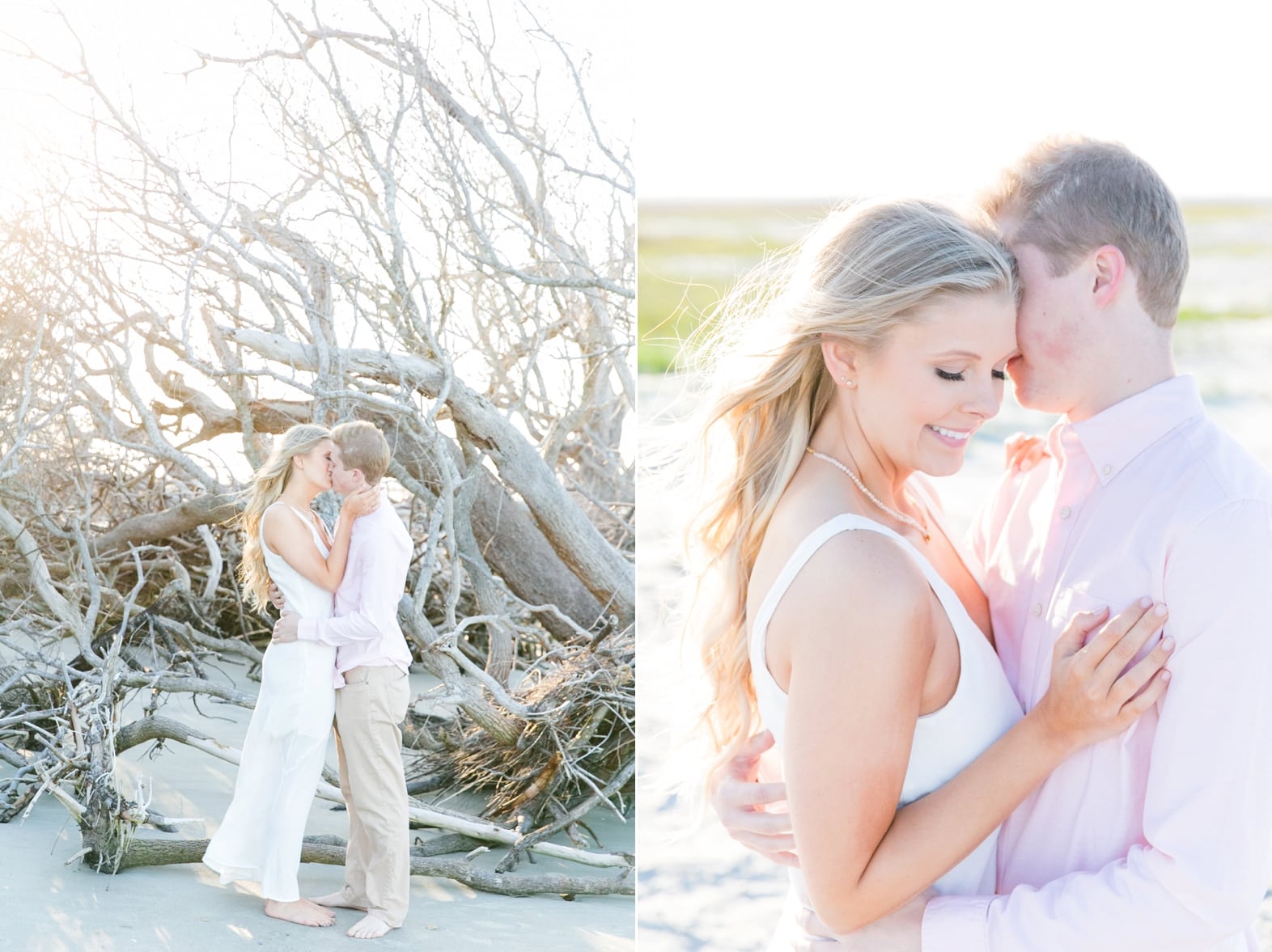 Left: ISO 2000 | 57mm | f/4 | 1/2000
Left: ISO 2000 | 57mm | f/4 | 1/2000
Right: ISO 2000 | 67mm | f/4 | 1/8000
 ISO 2000 | 70mm | f/4 | 1/2500
ISO 2000 | 70mm | f/4 | 1/2500
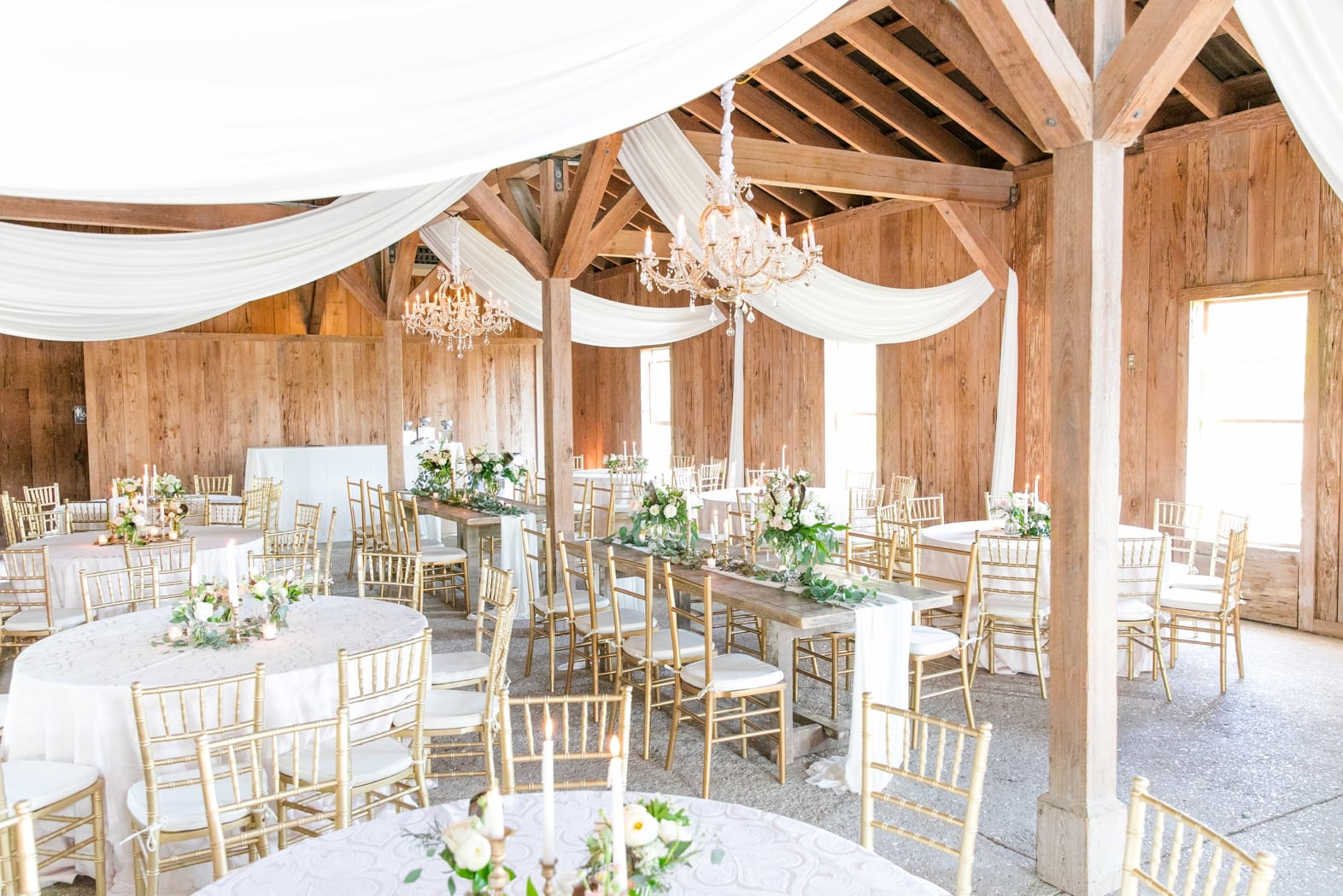 ISO 6400 | 28mm | f/4 | 1/160
ISO 6400 | 28mm | f/4 | 1/160
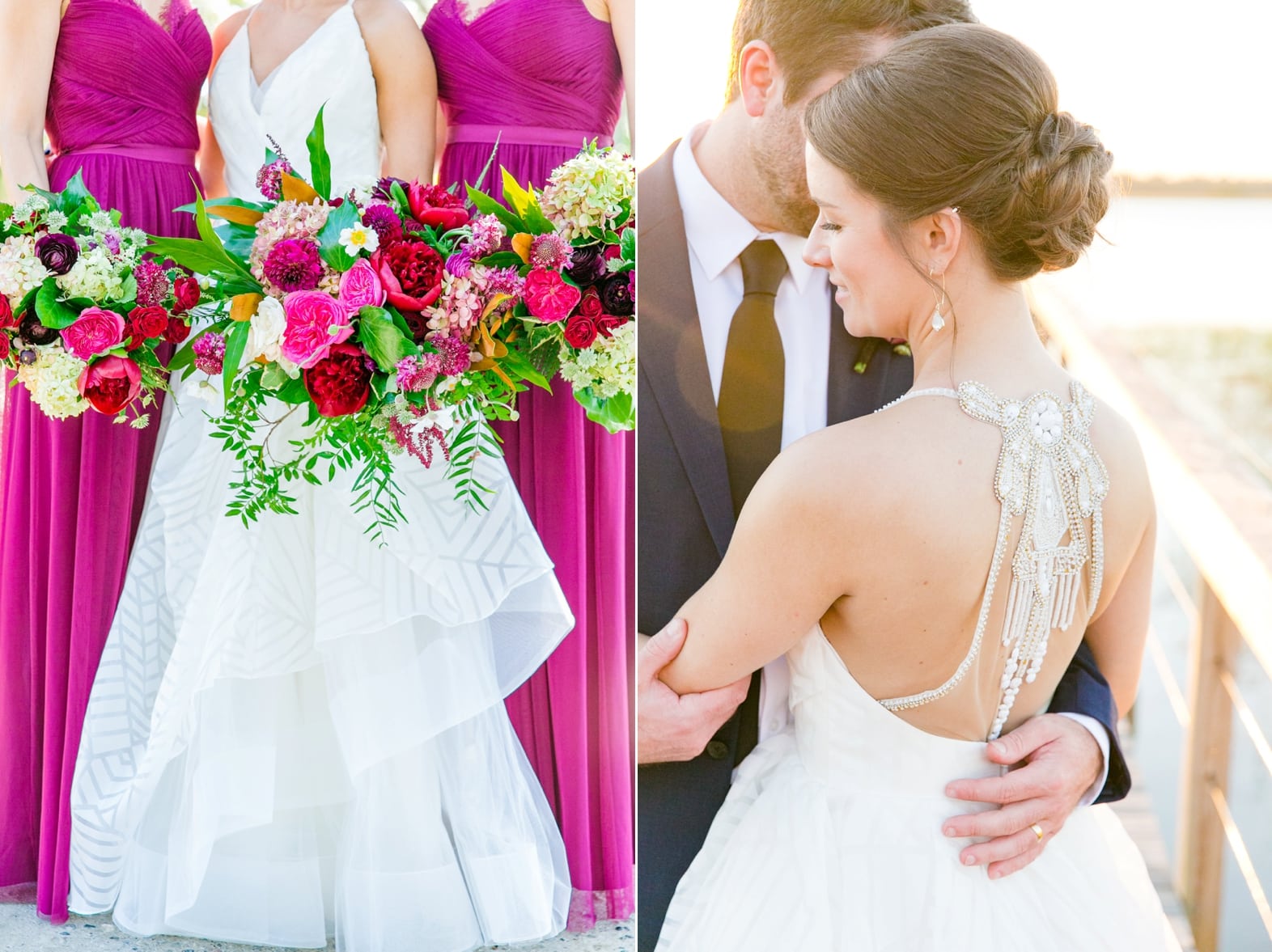 Left: ISO 1600 | 67mm | f/4 | 1/640
Left: ISO 1600 | 67mm | f/4 | 1/640
Right: ISO 2000 | 65mm | f/4.5 | 1/1250
 ISO 1600 | 100mm | f/5 | 1/1250
ISO 1600 | 100mm | f/5 | 1/1250
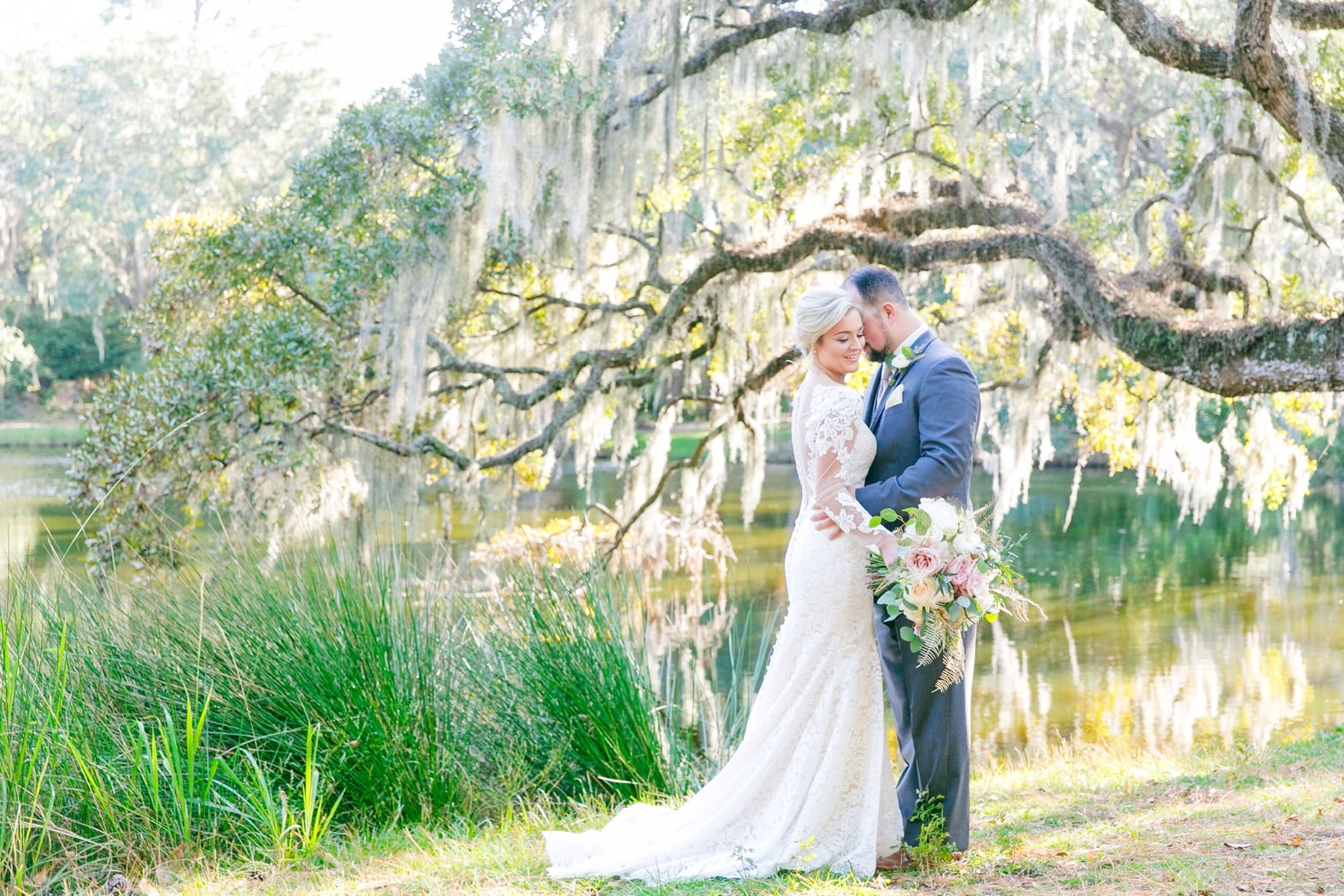 ISO 2000 | 55mm | f/4 | 1/800
ISO 2000 | 55mm | f/4 | 1/800
 Left: ISO 2500 | 70mm | f/4 | 1/3200
Left: ISO 2500 | 70mm | f/4 | 1/3200
Right: ISO 2500 | 100mm | f/5 | 1/1250
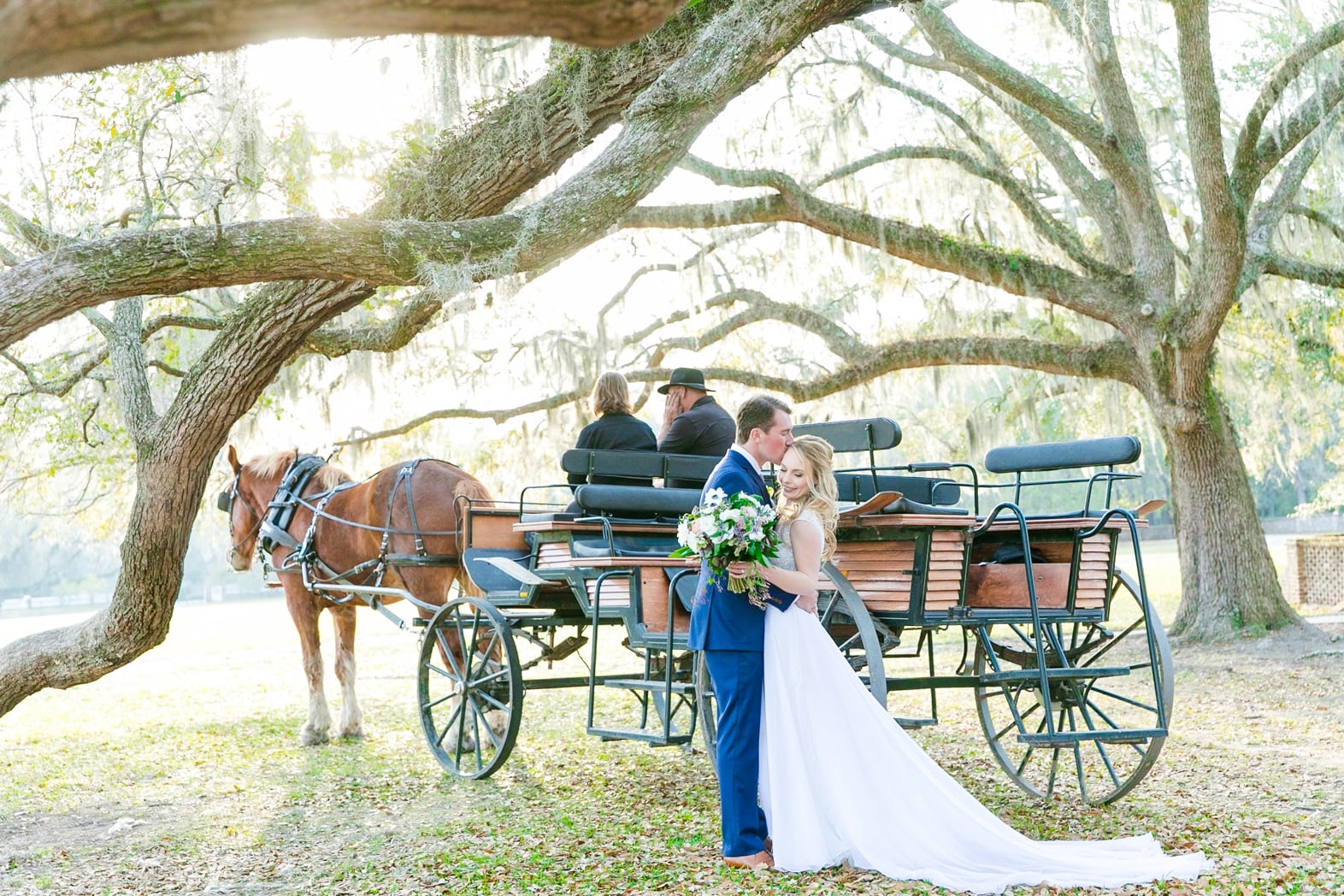 ISO 1250 | 50mm | f/4 | 1/500
ISO 1250 | 50mm | f/4 | 1/500
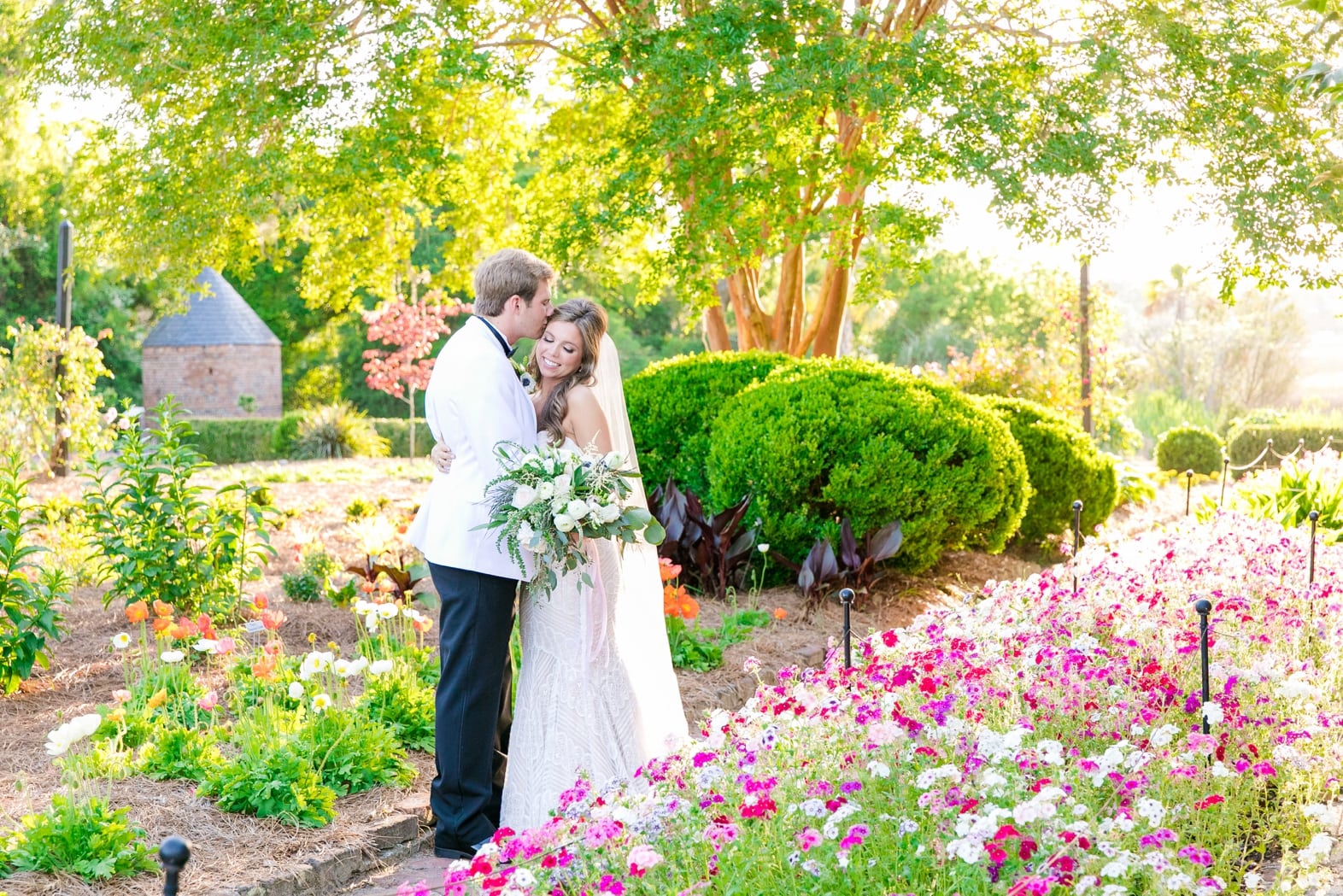 ISO 2000 | 53mm | f/4 | 1/800
ISO 2000 | 53mm | f/4 | 1/800
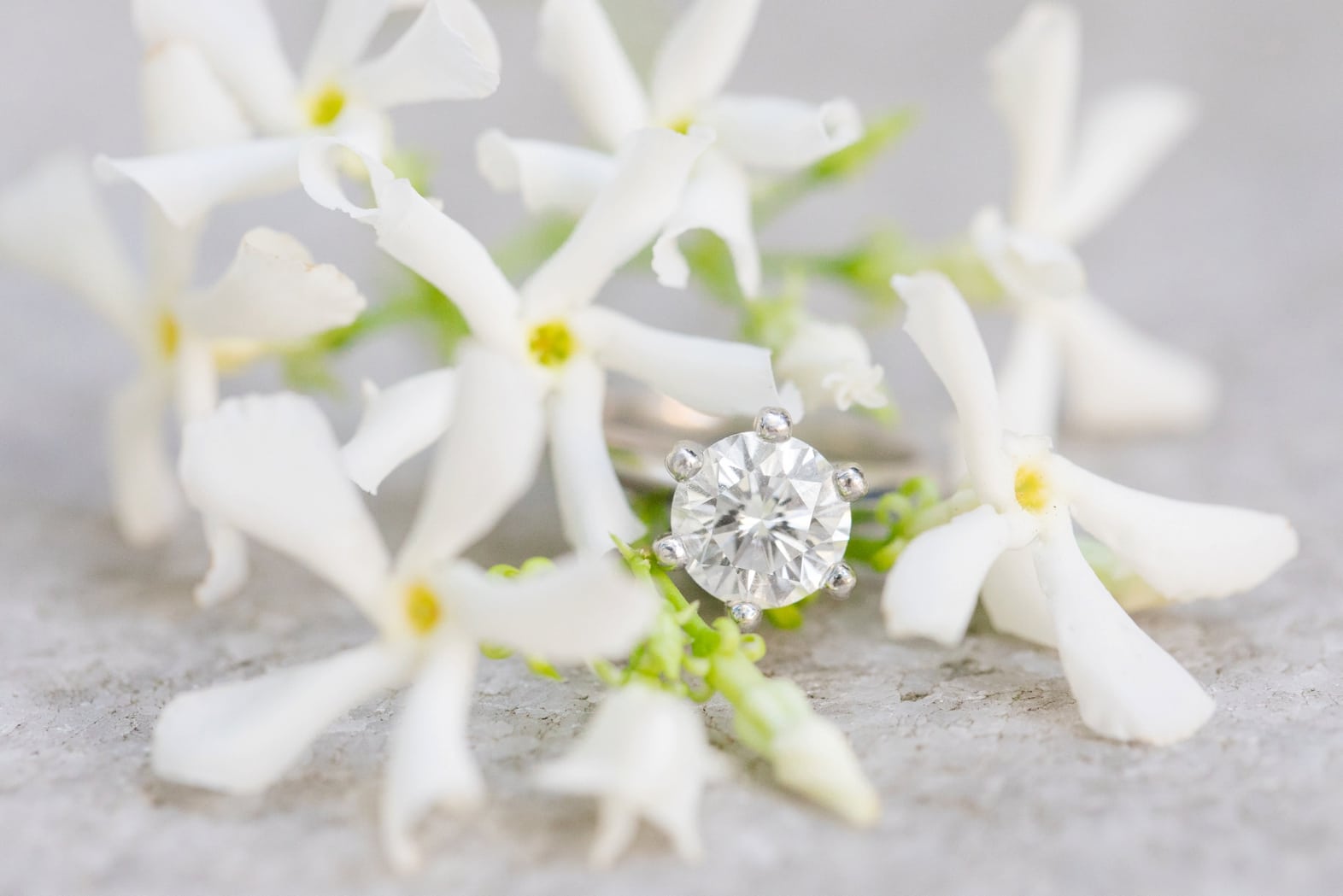 ISO 2500 | 100mm | f/5 | 1/250
ISO 2500 | 100mm | f/5 | 1/250
 Left: ISO 2500 | 70mm | f/4 | 1/800
Left: ISO 2500 | 70mm | f/4 | 1/800
Right: ISO 2000 | 70mm | f/4 | 1/1600
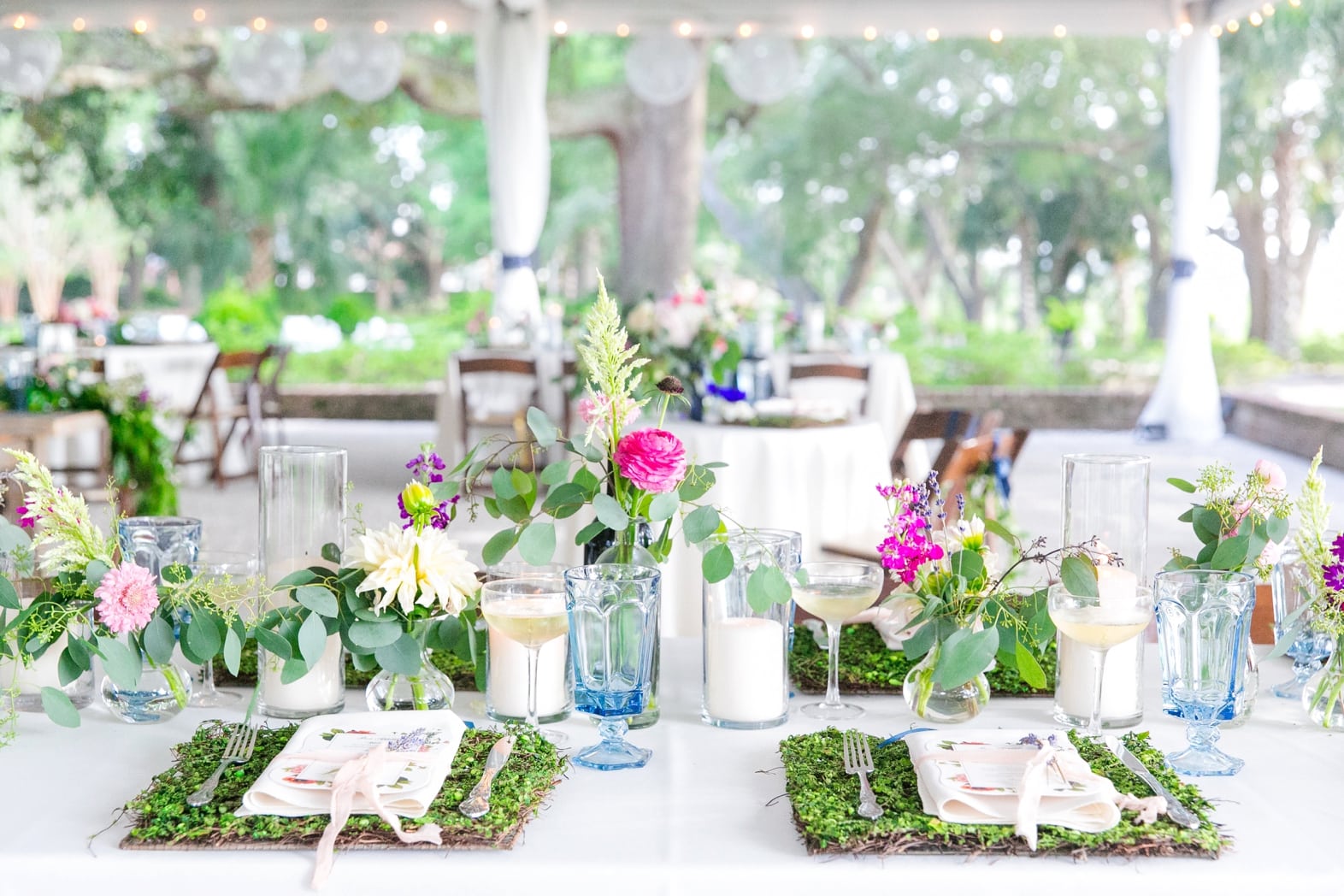 ISO 6400 | 50mm | f/4 | 1/1250
ISO 6400 | 50mm | f/4 | 1/1250
With a well-worn passport in hand, and an affinity for a good cocktail, Dana works with fun-loving and kind-hearted clients around the globe.
meet DANA
2025 got off to the very best start with Maggie + Britt! I absolutely ADORE these two and their wedding day was the perfect way to start the new year. Their shared love of the water and all of the natural beauty that the Lowcountry has to offer made the Regatta Inn a no-brainer choice […]
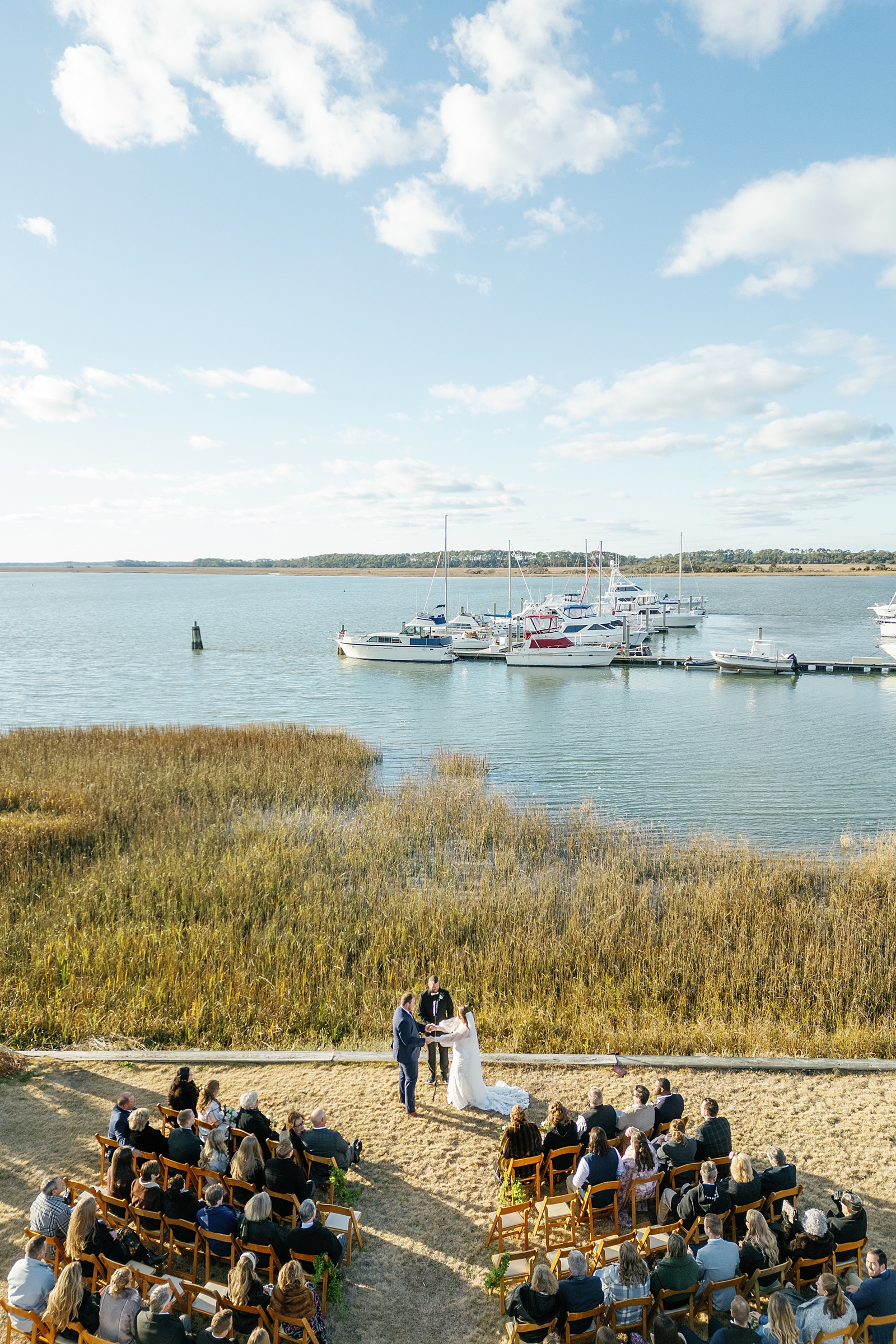
Payton + Connor’s rainy celebration at Lowndes Grove was the PERFECT way to close out the 2024 wedding season. When I first spoke with Payton, she told me that she envisioned a colorful wedding day – despite being married in late December. I LOVE that she went with bright florals and colors because it was […]
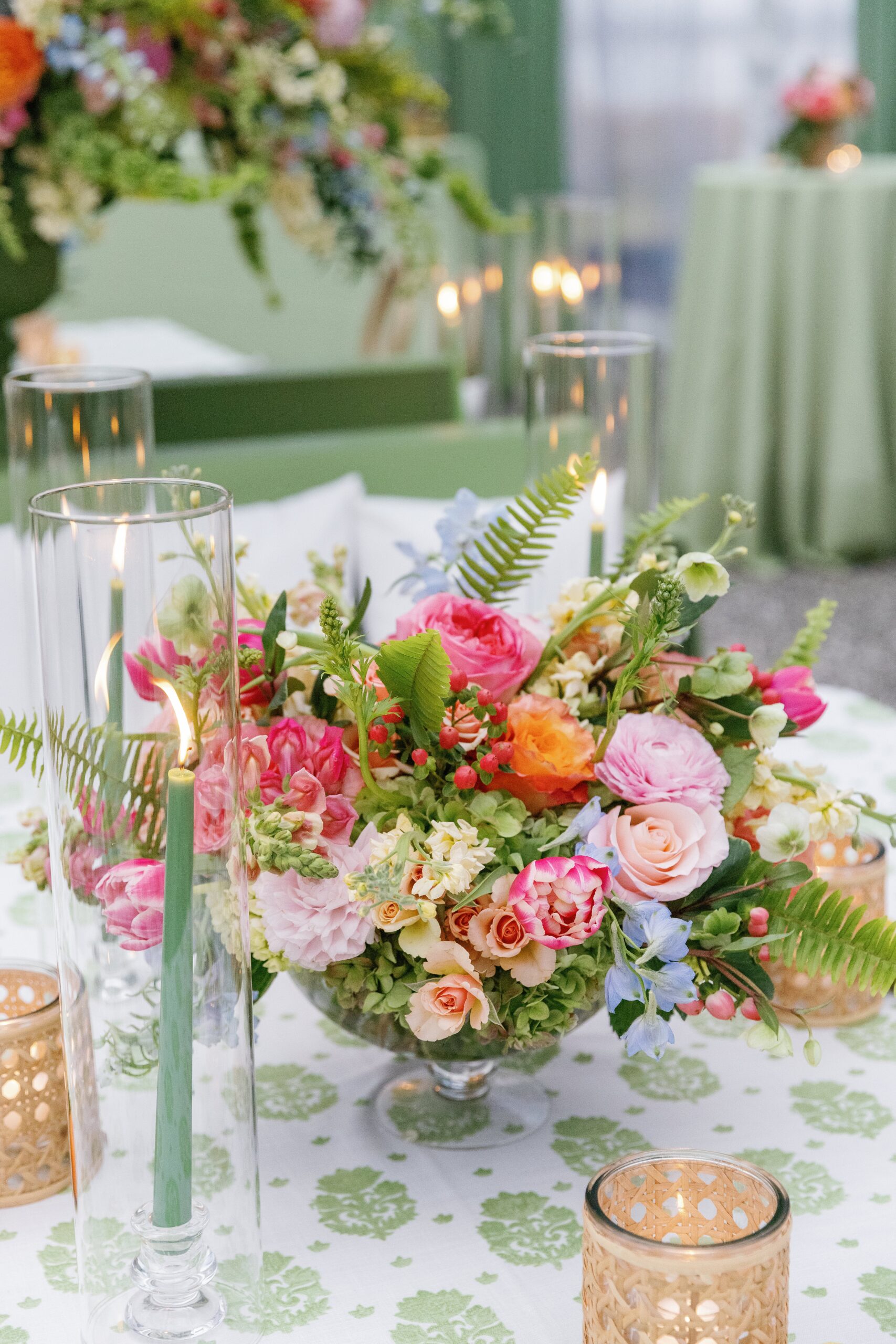
Hannah + Matt’s intimate brunch wedding at The Sanctuary on Kiawah was such a special celebration. If there are two things I LOVE, it’s an intimate wedding and brunch! Combine them together and it’s the perfect recipe for a memorable soiree. Can I specialize in brunch weddings? Pretty please?! I just love them! The morning […]
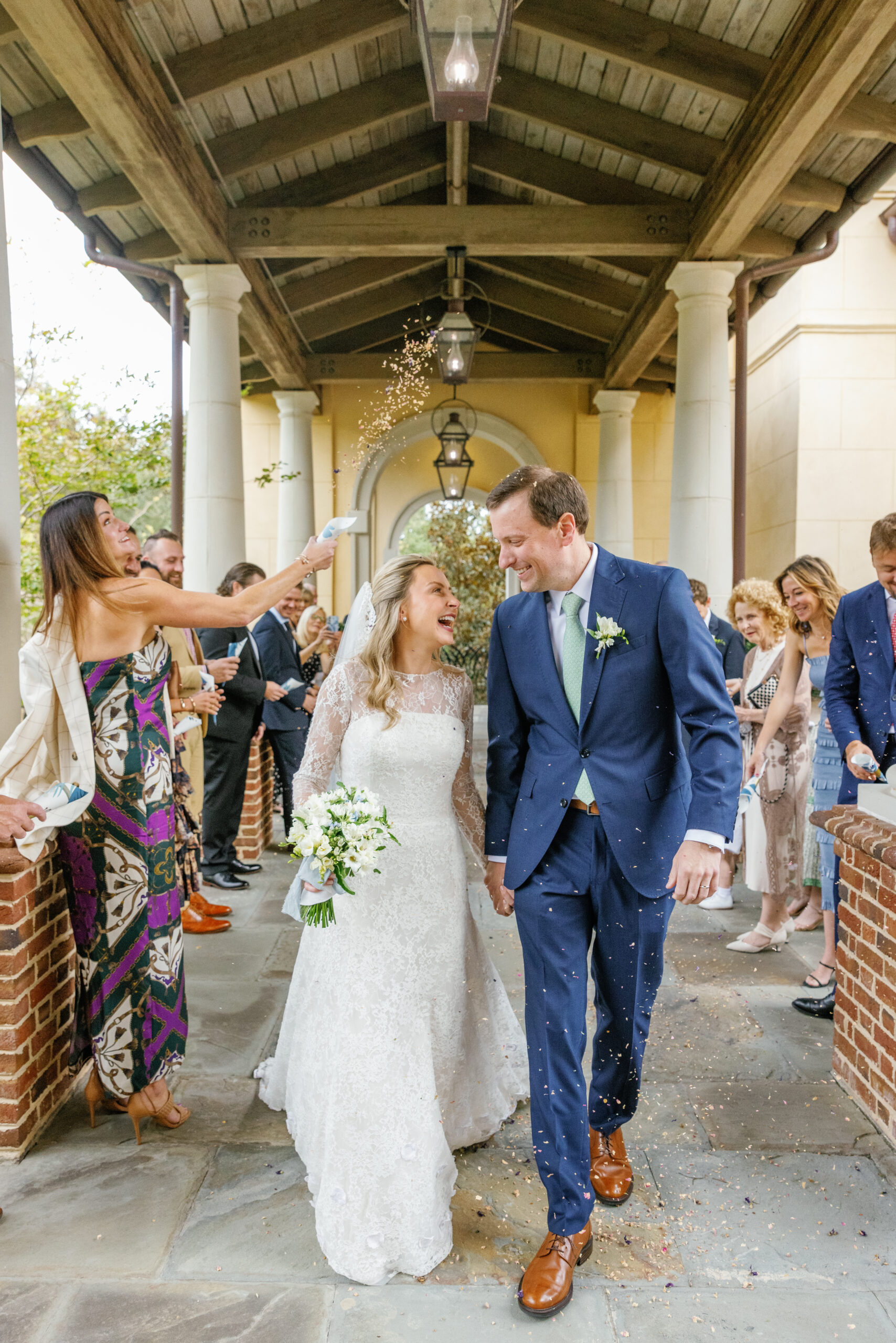
Ashley + Kyle’s wedding day was, in a word, magic. These two share such a beautiful love and I am beyond thankful to have witnessed it first hand. Ashley is pure JOY in human form and she absolutely glows in Kyle’s presence. The way they look at each other and care for each other is […]
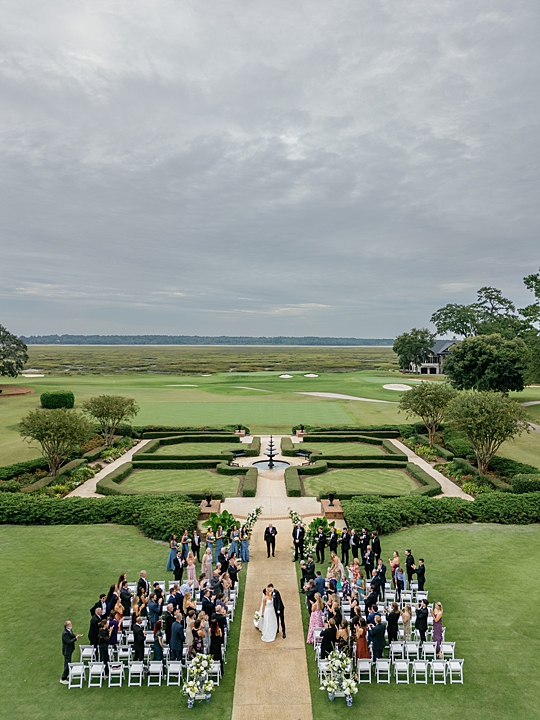
From the moment I first spoke to Sandra, I knew her wedding day was going to be something special. She had a clear vision of a day filled with special details, personalized moments, and a celebration of love that was truly unique to her and Matt’s love story. Being in the fashion world, I knew […]
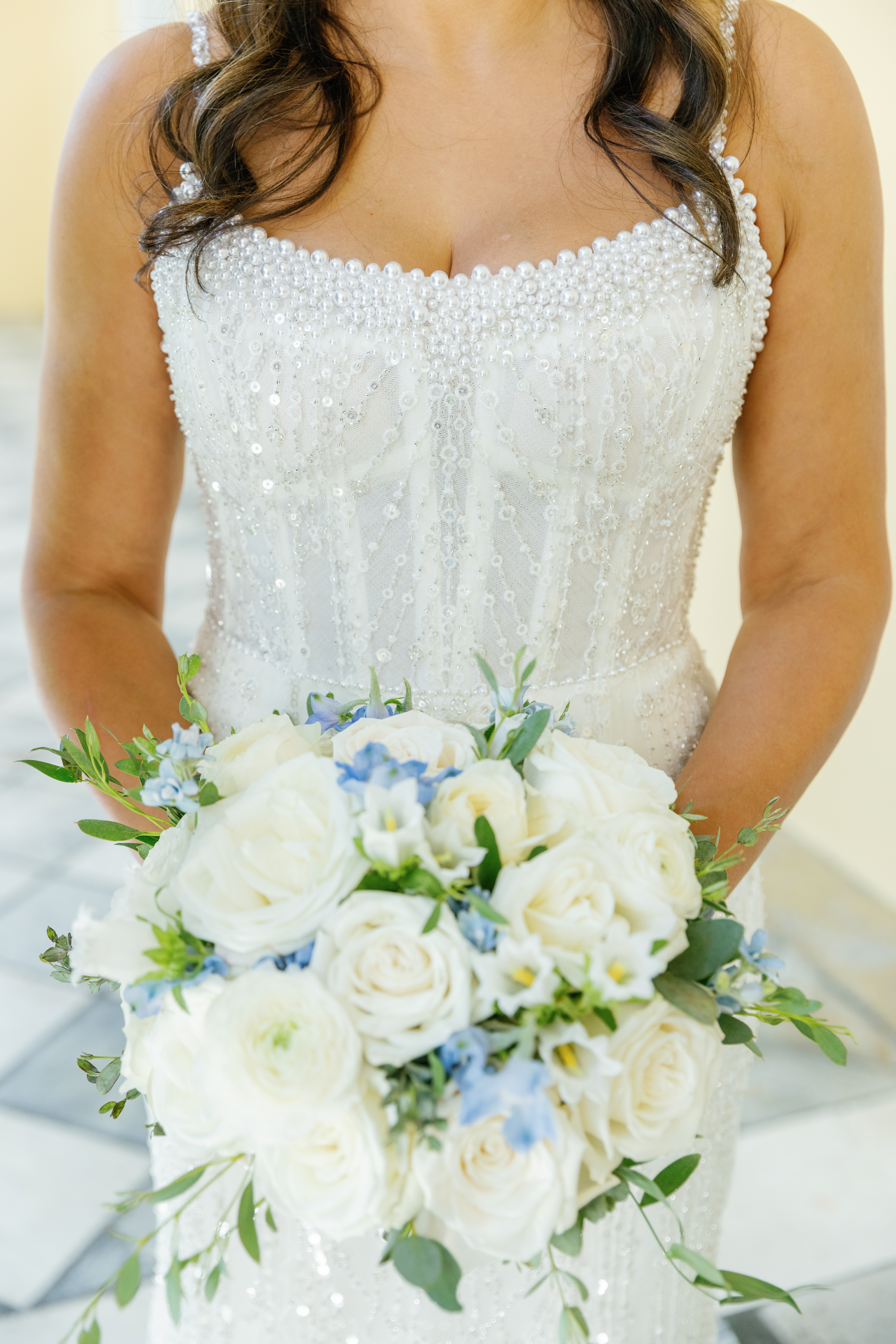
There’s something undeniably magical about Charleston SC. The cobblestone alleyways, the historic charm, and the gentle breeze off of the water – which creates the perfect setting for love to flourish. When I had the opportunity to capture Hannah + Ashley’s engagement session on an overcast day this past September, I knew it would be […]
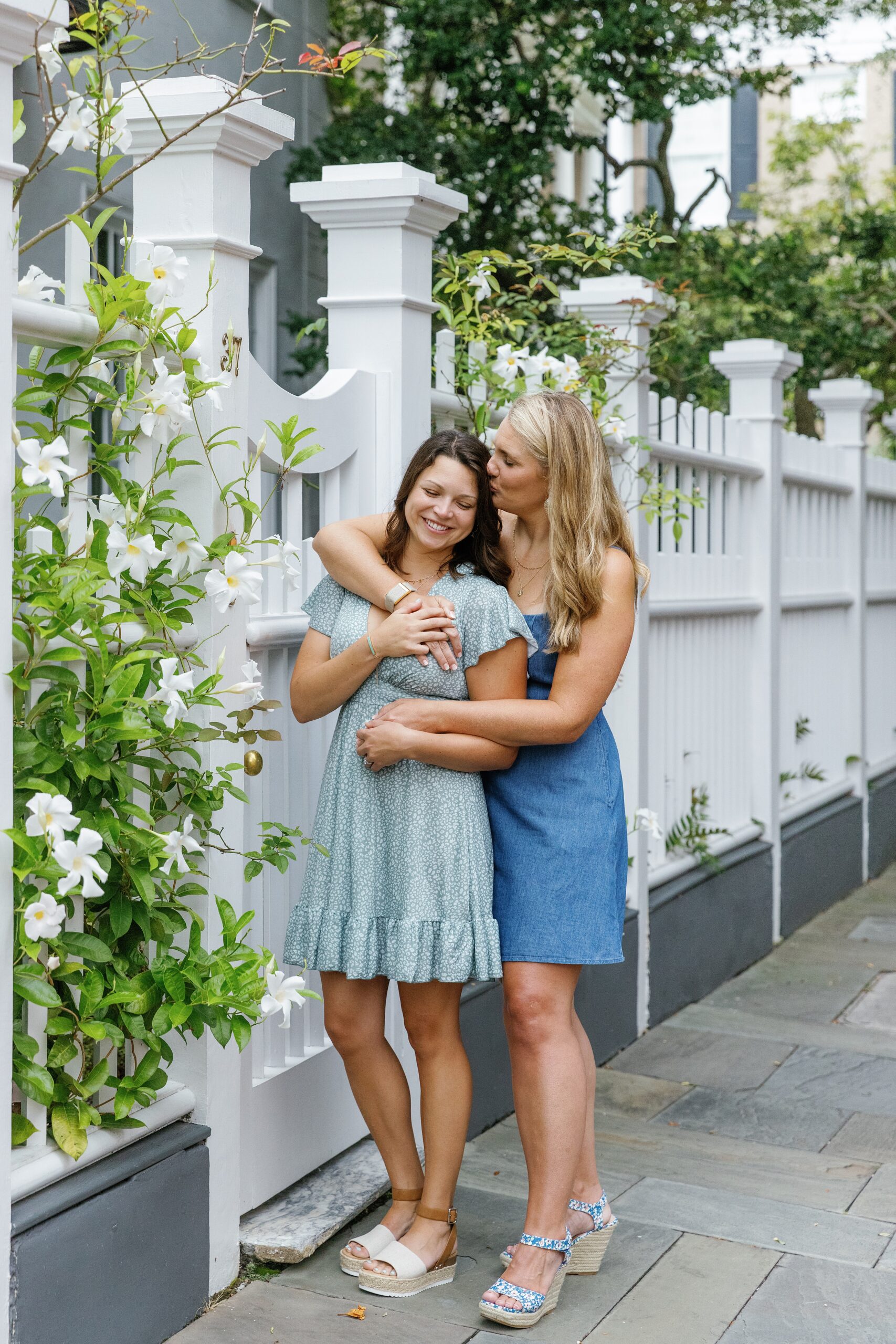
entries
popular
